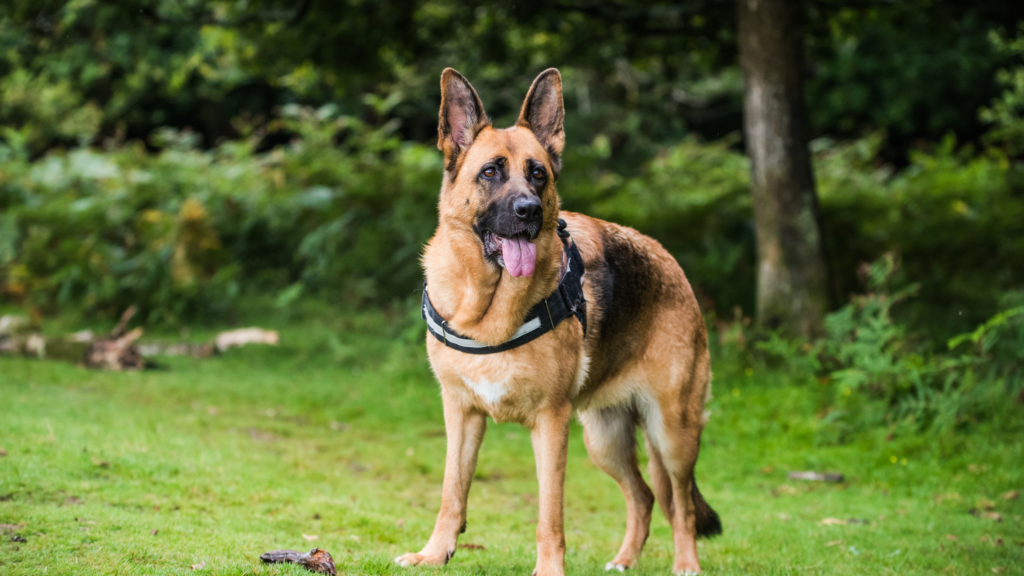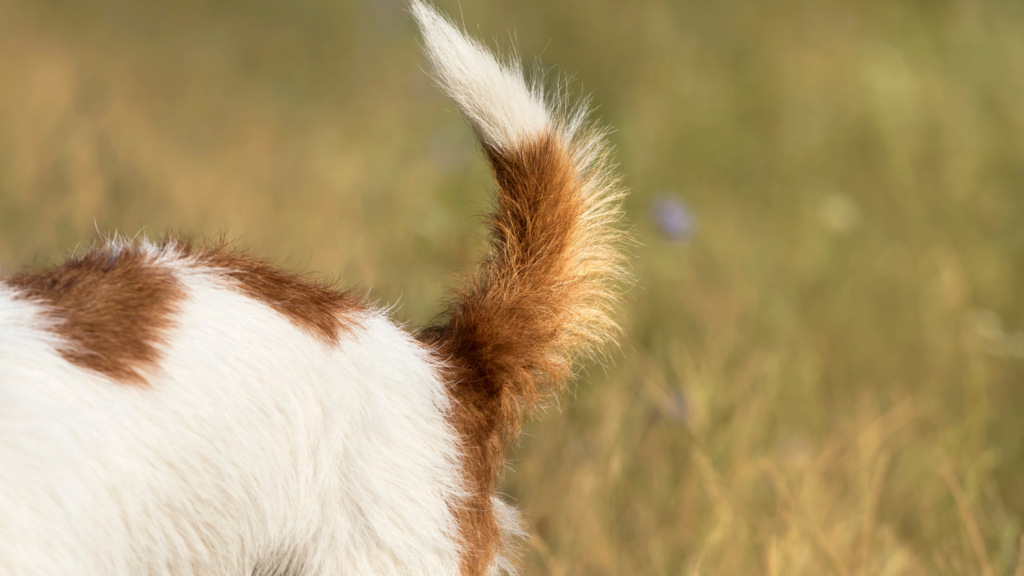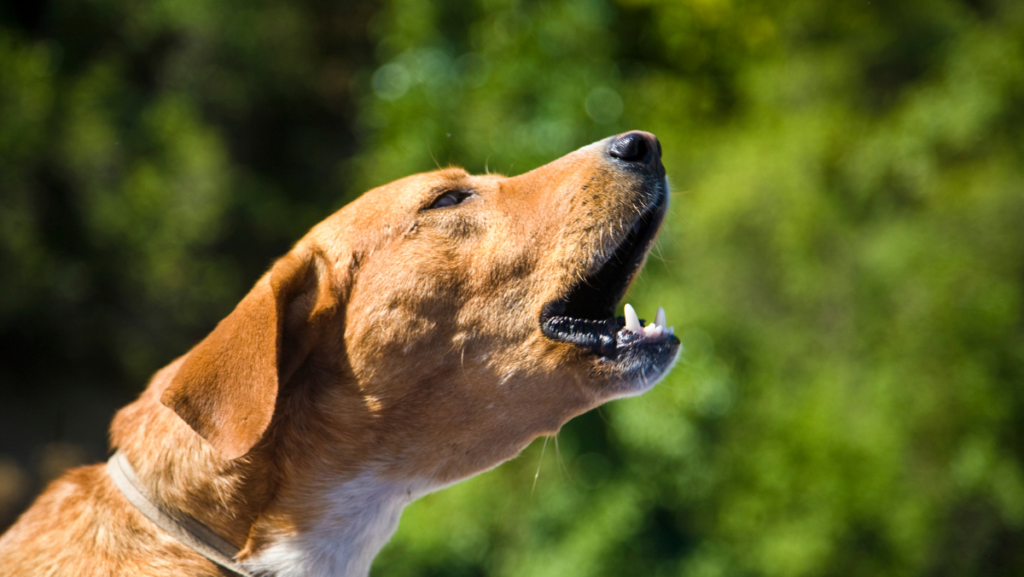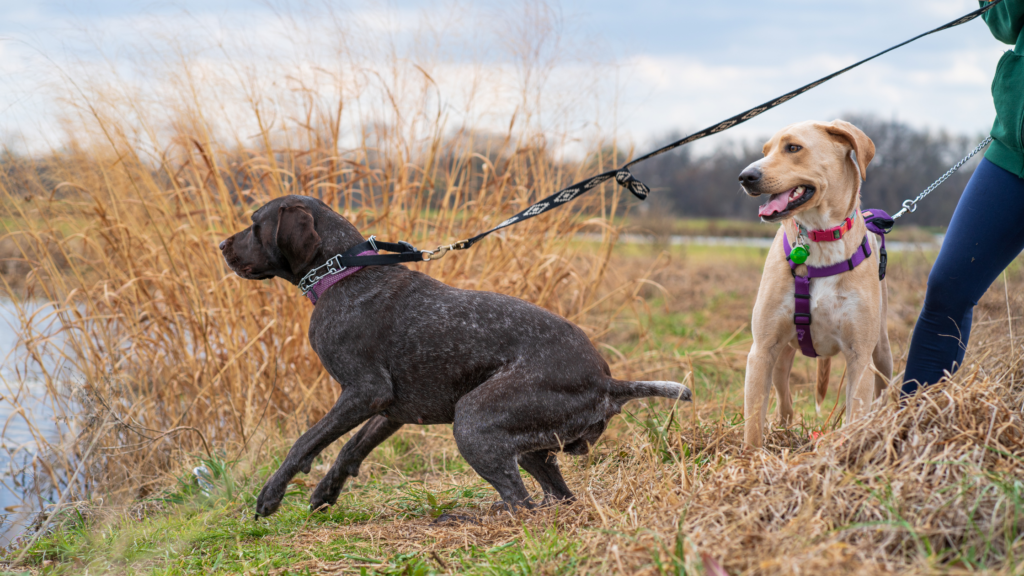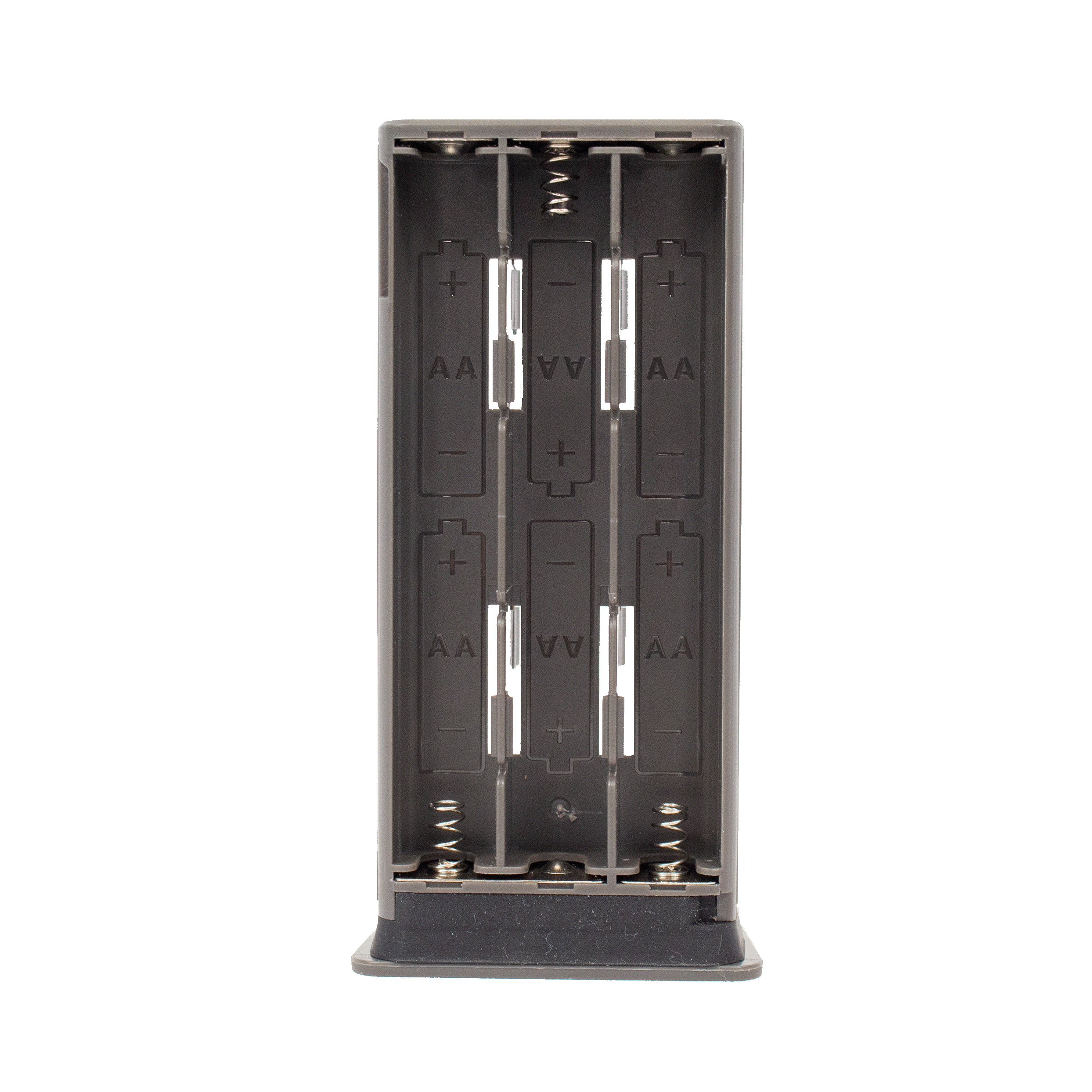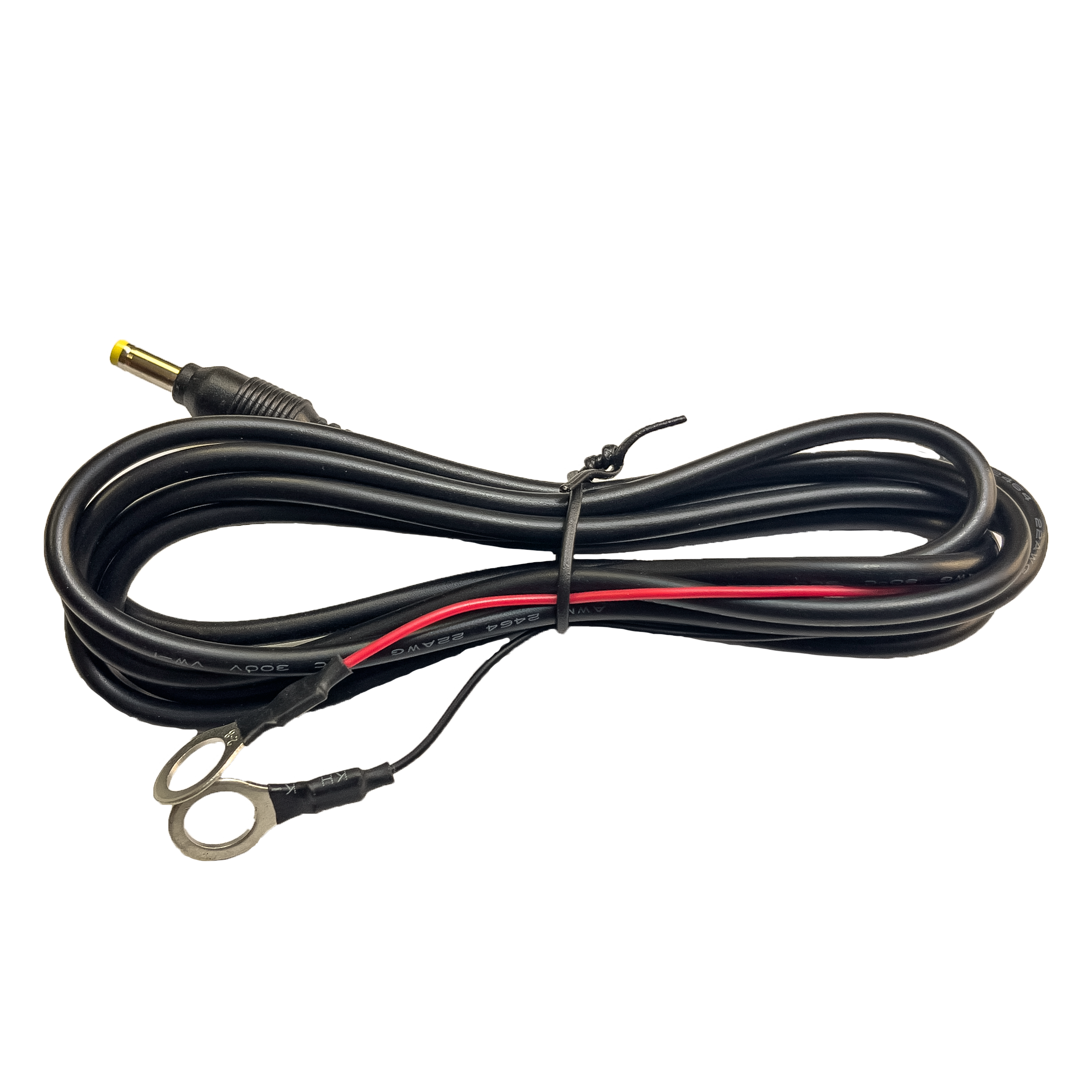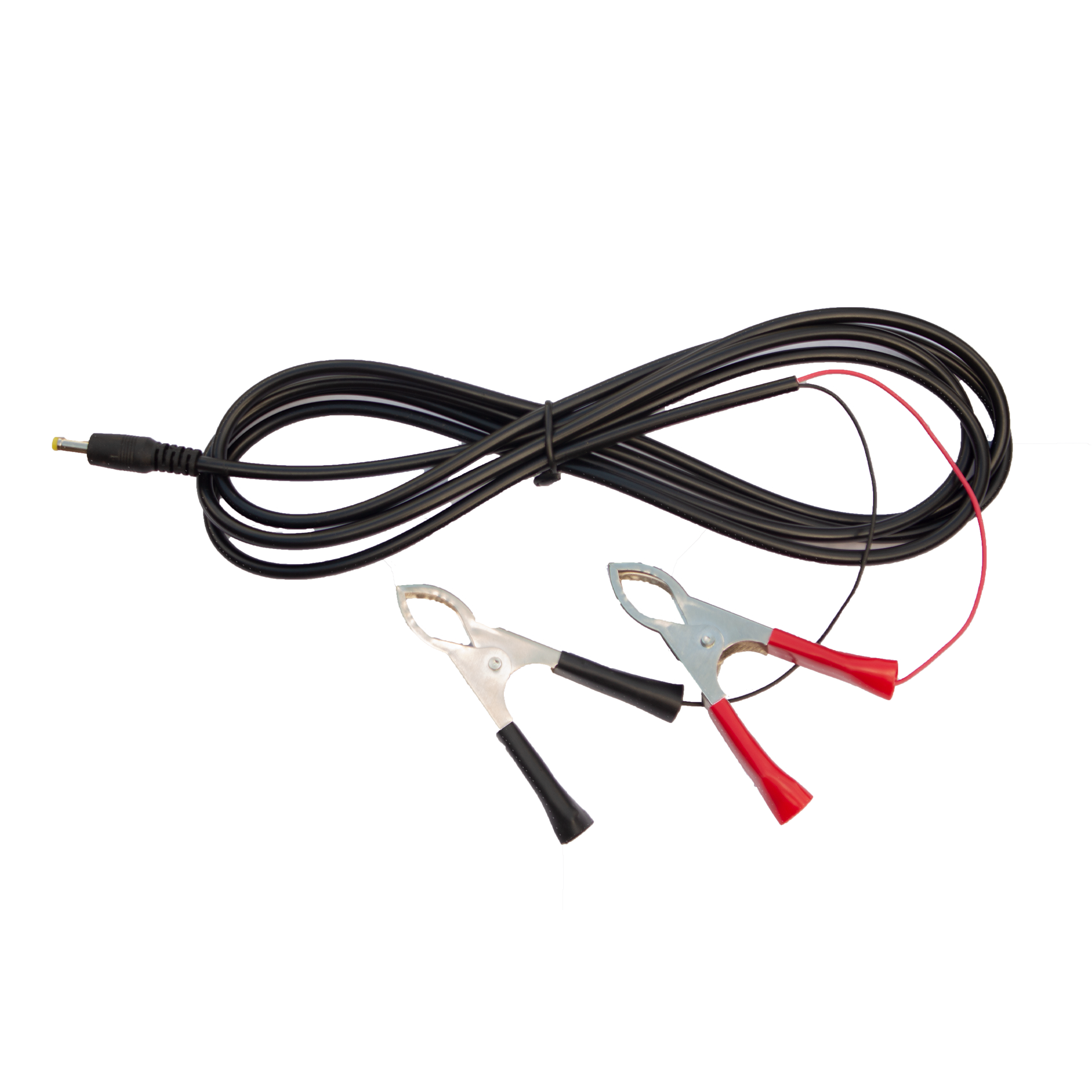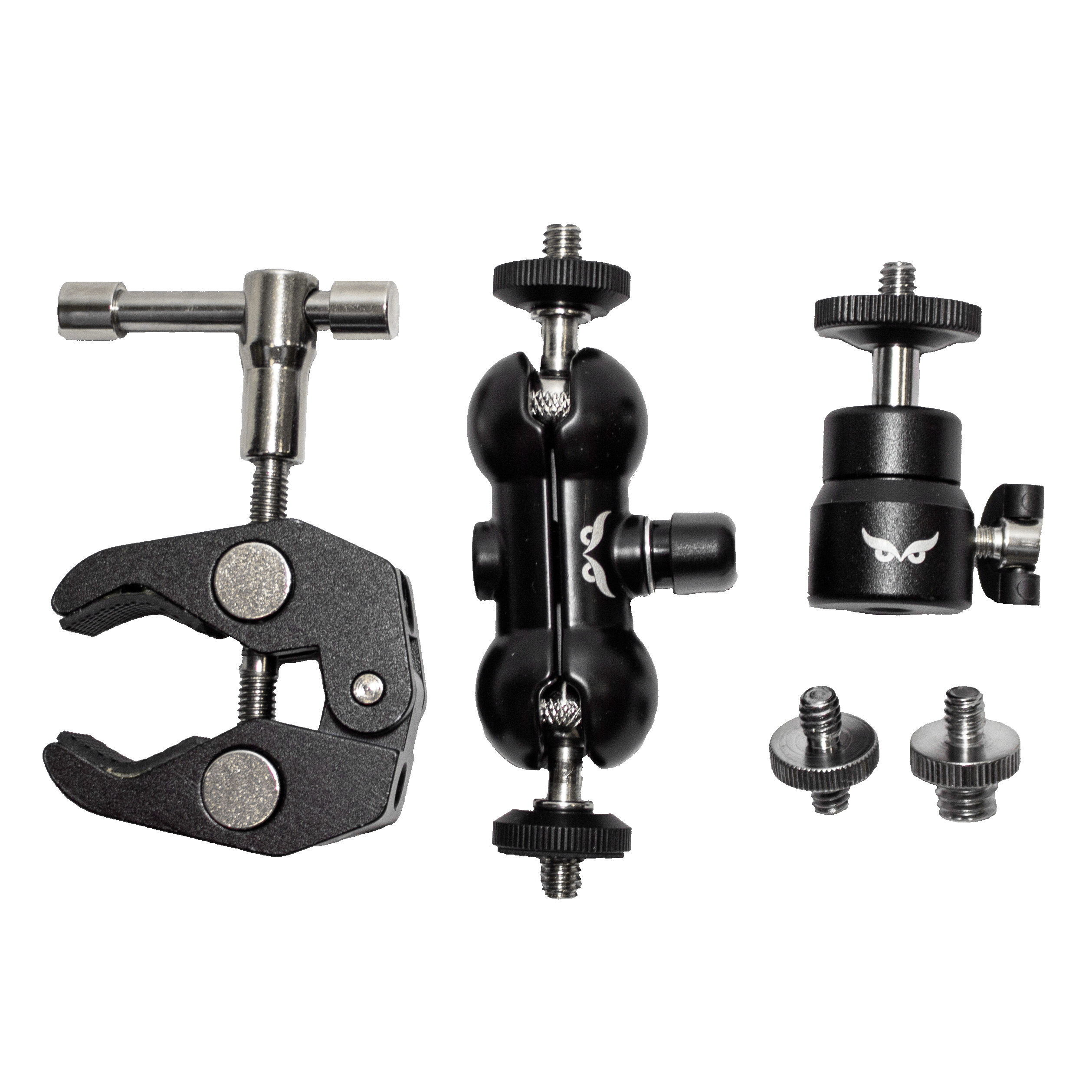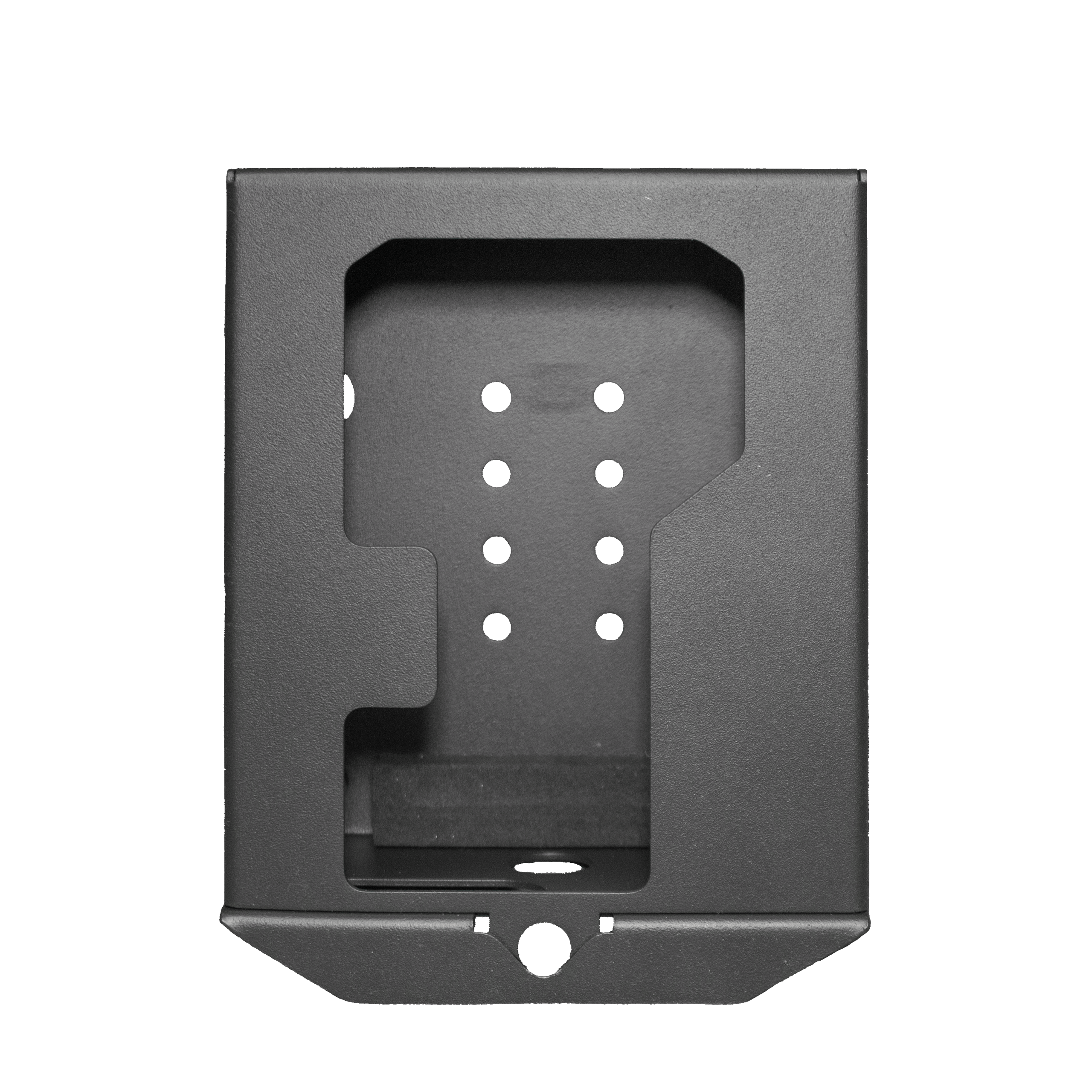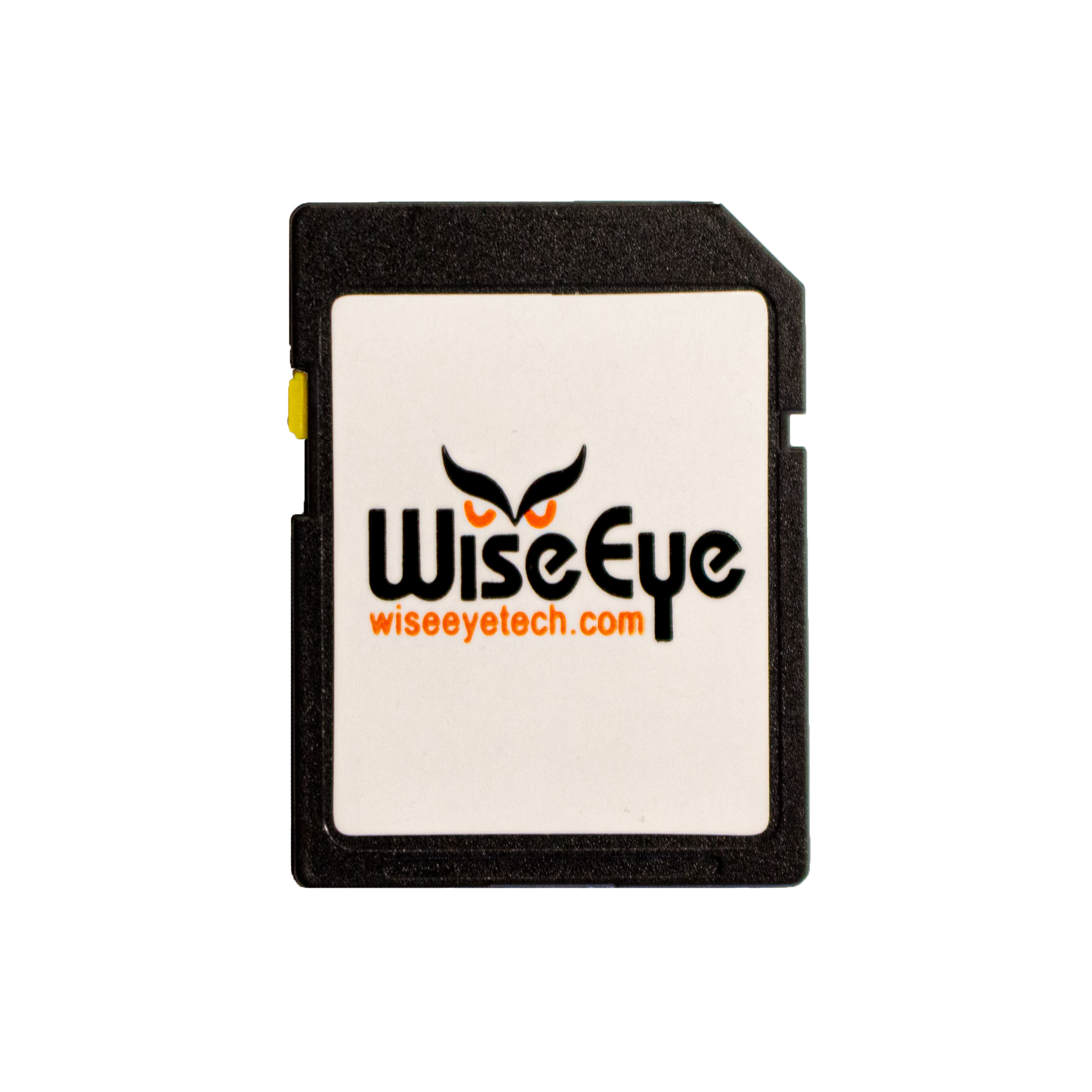Understanding dog body language is crucial for any hunting dog trainer or enthusiast. The ability to interpret your dog’s non-verbal cues can enhance your training methods, improve your hunting success, and strengthen the bond between you and your canine companion.
In this blog, we’ll explore the intricacies of dog body language, helping you to decipher what your dog is trying to communicate, particularly in the context of hunting.
The Importance of Dog Body Language in Hunting
Hunting dogs are trained to be in tune with their environment and their handlers. Being able to read their body language can provide insight into their emotional state, alertness, and readiness to hunt. Unlike verbal communication, body language is often more instinctive and can convey information in split seconds.
Understanding the Basics of Dog Body Language
Before diving into specific signals, it’s essential to understand the basics of canine body language. Dogs communicate through a combination of posture, facial expressions, and movements. Recognizing these cues can make a significant difference during training sessions and actual hunts.
Relaxed Posture
A dog in a relaxed posture stands with a loose body, tail wagging gently, and ears in a neutral position. This indicates that the dog feels comfortable and safe in its environment. A relaxed dog is often more receptive to training and interaction, making this posture a good sign.
Alert Posture
When a dog is in an alert posture, it stands with a rigid body, ears perked up, and may lean slightly forward. This posture indicates heightened awareness and focus, suggesting the dog is tracking something of interest or sensing potential danger. Recognizing this posture can help you understand when your dog is engaged and ready for action.
Defensive Posture
A dog exhibiting a defensive posture will crouch low to the ground, with its tail tucked between its legs and ears pulled back. This body language signals fear or submission, and it may indicate that the dog feels threatened or anxious. It’s important to approach a dog in this state with caution and reassurance to help it feel secure.
Playful Posture
When a dog shows a playful posture, it typically features a “play bow,” where its front legs are stretched forward and its hindquarters are elevated. This posture invites interaction and signals that the dog is in a lighthearted mood, ready to engage in play. Recognizing this cue can enhance training sessions by promoting a positive, energetic atmosphere.
Aggressive Posture
An aggressive dog may stand tall with its chest out, hackles raised, ears forward, and a stiff tail. This posture conveys dominance and a willingness to confront perceived threats. Understanding this posture is crucial for safety, as it indicates that the dog may be prepared to defend itself or its territory.
Specific Cues to Watch For
Being able to interpret specific cues from your dog can significantly enhance your effectiveness as a trainer and hunter. These cues provide insight into your dog’s emotional state and intentions, allowing you to anticipate their actions and adjust your strategies accordingly. By learning to recognize these signals, you can build a stronger partnership with your canine companion in the field.
Tail Position and Movement
The position and movement of a dog’s tail are key indicators of its emotional state. A high, wagging tail typically signifies excitement and readiness, while a low or tucked tail may indicate fear or submission. Observing tail movements can help you gauge your dog’s confidence and mood during a hunt.
Ears and Their Position
A dog’s ears can provide valuable information about its focus and emotions. Ears held high and alert suggest curiosity and attentiveness, while ears that are pinned back signal fear or submission. By monitoring ear position, you can better understand your dog’s reactions to various stimuli in the field.
Eye Contact and Gaze
The way your dog uses its eyes can reveal a lot about its intentions. Soft eye contact often indicates trust and a relaxed demeanor, whereas a fixed stare may suggest dominance or aggression. Recognizing changes in your dog’s gaze can help you respond appropriately to different situations.
Body Tension
The overall tension in your dog’s body can indicate its emotional state. A relaxed dog will have loose muscles and a soft stance, while a tense body with stiff legs can signify stress or readiness to react. Paying attention to body tension can help you identify when your dog is feeling comfortable or anxious.
Vocalizations
While primarily non-verbal, dogs do use vocalizations to communicate. Barks, growls, whines, and howls can provide context to your dog’s feelings or intentions. For example, a series of sharp barks may indicate alertness to a potential threat, while whining might suggest anxiety or a need for attention. Understanding these sounds in conjunction with body language can enhance your communication with your dog.
Recognizing Stress Signals
Being able to recognize stress signals in your dog is crucial for effective training and hunting. These signals can indicate that your dog is feeling uncomfortable or anxious, which can impact its performance in the field. By identifying these cues early, you can take appropriate action to alleviate your dog’s stress and create a more positive hunting experience.
Excessive Licking
If your dog is frequently licking its lips or nose, it may be experiencing stress or anxiety. This behavior can be a self-soothing mechanism, indicating discomfort in the current situation. It’s essential to pay attention to the context, as excessive licking can also distract your dog from its tasks.
Yawning
While yawning can be a natural response to fatigue, repeated yawning in a non-tired situation can signal stress. This behavior often occurs when a dog feels overwhelmed or anxious, serving as a way to calm itself. Recognizing this cue allows you to assess your dog’s comfort level and make necessary adjustments.
Panting
Heavy panting, especially when the dog is not physically active, can be a sign of stress or discomfort. It may indicate that your dog is feeling hot, anxious, or under duress. Monitoring your dog’s breathing can help you determine if it needs a break or a change in environment.
Whining or Whimpering
Vocalizations like whining or whimpering can indicate that a dog is feeling anxious or distressed. This behavior is often a plea for attention or reassurance. If you notice this cue, it’s important to evaluate the situation and provide comfort to your dog.
Tail Position
A tail that is tucked tightly between the legs is a clear sign of fear or submission. This posture indicates that your dog may feel threatened or insecure in its environment. Being aware of tail position can help you respond promptly to your dog’s emotional state and provide the support it needs.
Body Language in the Field
Understanding your dog’s body language in the field is essential for successful hunting and training. The stakes are often high, and a dog’s signals can indicate critical information about its focus, readiness, and emotional state. By interpreting these cues effectively, you can enhance your teamwork and ensure a smoother hunting experience.
Nose to the Ground
When your dog has its nose to the ground, it is usually focused on tracking a scent. This position indicates concentration and determination, showing that your dog is actively working to locate game. Staying close and observing your dog during this time can provide insights into its progress and confidence.
Steady Stance
A dog that suddenly freezes in a steady stance is likely indicating that it has found something significant, such as a scent or sighting of game. This posture shows intensity and focus, signaling that you should approach with caution to avoid startling the dog. A steady stance is a clear cue to take action and prepare for what’s next.
Circling Behavior
If your dog begins to circle in one area, it may be trying to identify the source of a scent or confirming its findings. This behavior often indicates curiosity and investigation, suggesting that the dog is close to something important. Watching your dog’s movements during this behavior can help you determine when to move in closer.
Playful Bowing
During downtime or in a relaxed moment, your dog may exhibit a playful bow, where its front legs are stretched forward and its hindquarters are raised. This playful posture invites interaction and indicates a positive mood, suggesting your dog is ready for a break or playtime. Recognizing this cue can help reinforce the bond between you and your dog during hunting outings.
Stiff Body Language
If your dog’s body becomes tense and rigid, it may be sensing danger or feeling threatened. This posture indicates readiness to react, whether to defend itself or prepare for a potential confrontation. Paying attention to these signals can help you gauge the safety of the environment and take necessary precautions to reassure your dog.
Training Techniques to Enhance Understanding
Effective training techniques can significantly improve your ability to understand and respond to your dog’s body language. By reinforcing positive behaviors and fostering clear communication, you can create a more productive training environment. These techniques not only enhance your dog’s skills but also strengthen the bond between you and your canine companion.
Positive Reinforcement
Use treats, praise, or play to reward your dog when it displays desirable behaviors or appropriate body language. This approach encourages your dog to repeat those behaviors, helping them associate positive outcomes with good communication. Consistently rewarding positive signals fosters trust and reinforces learning.
Desensitization
Gradually expose your dog to various environments, stimuli, and situations to help it become more comfortable and confident. This technique involves slowly introducing your dog to potentially stressful scenarios while providing reassurance and rewards. Over time, this process can reduce anxiety and improve your dog’s ability to communicate effectively in diverse situations.
Controlled Socialization
Arrange playdates or training sessions with other dogs in a controlled environment to help your dog learn appropriate body language and social cues. This exposure allows your dog to observe and interact with peers, enhancing its ability to communicate and respond to other dogs. Socialization fosters confidence and helps your dog learn how to express itself clearly.
Training Sessions Focused on Body Language
Incorporate specific training exercises that emphasize reading and responding to body language. For instance, practice scenarios where your dog must display certain postures or signals in response to cues you provide. This not only improves your dog’s awareness of its own body language but also strengthens your understanding of its signals.
Consistent Commands and Signals
Use consistent verbal commands and hand signals to communicate with your dog. Clear and consistent communication reduces confusion and helps your dog understand what is expected of it. By reinforcing these commands alongside body language cues, you create a more coherent language between you and your dog, enhancing overall communication.
Conclusion
Understanding dog body language is essential for hunting dog trainers and enthusiasts alike. By paying attention to your dog’s posture, facial expressions, and movements, you can improve your communication, enhance training, and ultimately increase your hunting success.
By fostering a strong bond through effective communication, you ensure that both you and your dog are on the same page, ready to tackle the challenges of hunting together.
If you’re looking to enhance your training sessions or improve your hunting experience, consider checking out HuntEmUp for high-quality dog training equipment, hunting gear, and trail cameras. Equip yourself and your dog for success in the field!
Ready to take your dog training to the next level?
Visit HuntEmUp today to explore our wide selection of top-quality hunting and dog training products!
Whether you’re a seasoned hunter or just getting started, we have everything you need to succeed in the field. Don’t miss out—equip yourself with the best and take your hunting game to the next level!
